Our fifth and final cohort of 18 students joined us in September 2023!
Tom Simpson
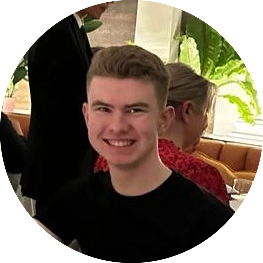
Hi, my names Tom, and I am from Birmingham. I graduated from the University of Leicester with a first-class bachelor’s degree in Physics. During my second year, I fostered an interest in condensed matter physics and electronics, which was developed by completing internships at the University of Oxford and the University of Leicester. My final year research project investigated the electrical properties of graphene. Outside of university, I am an avid musician, playing guitar for over a decade and teaching for the last four years
Hemant Kumar Limbu
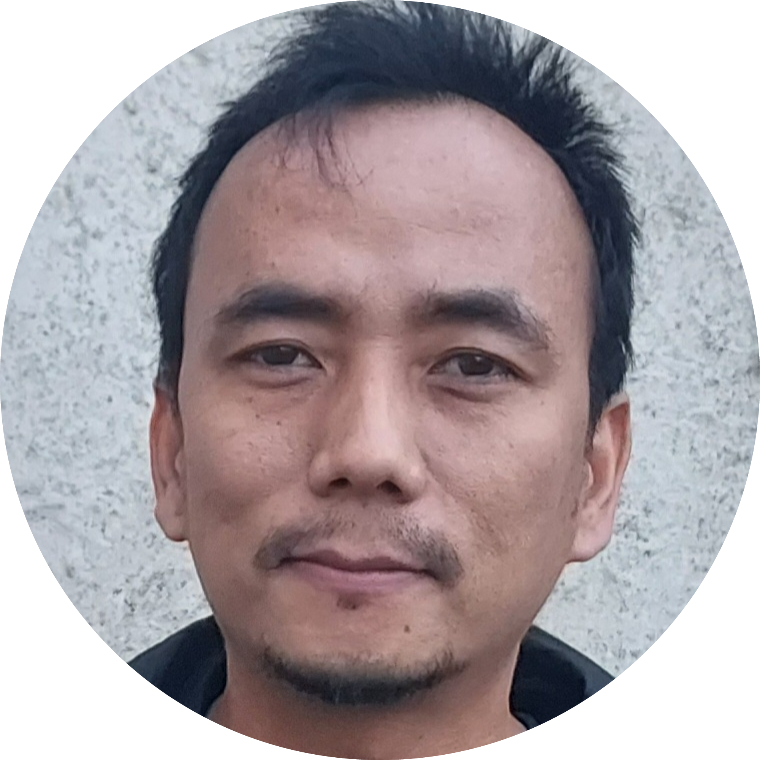
Hi, My name is Hemant and I’m from Nepal.
I completed my MSc in Physics from Tribhuvan University, Nepal with major subjects Advanced Solid State Physics and Plasma Physics. During my studies, I worked on different projects in theoretical condensed matter physics resulting in twelve research publications.
I did an MSc-research physics student at the University of Kent-Canterbury, and my project was on, “Modelling the structures and melting of Mg-Zn alloys using molecular dynamics with Lennard-Jones Potentials”. The project involved a computer simulation method for analysing the physical movements and atomic arrangement of Mg and Zn atoms in Mg-Zn alloys at different temperatures.
Outside of studying, I enjoy cycling, hiking, listening to music, and travelling.
Ali Büyükpınar
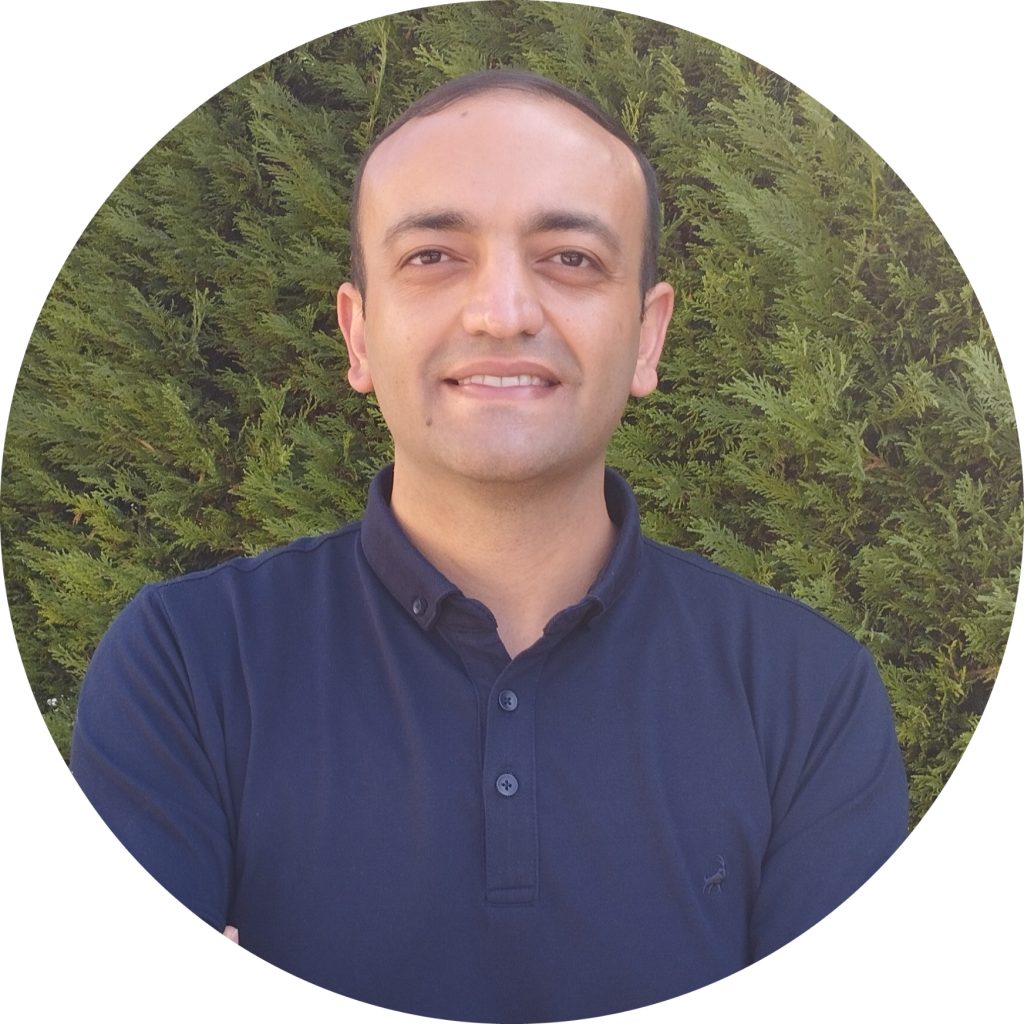
My name is Ali Büyükpınar and I’m from Turkey. I obtained my bachelor’s degree in Physics (primary major) and Materials Science and Engineering (secondary major). I also completed my master’s degree in Materials Science and Engineering at Eskişehir Technical University. I have been interested in microfabrication and device characterization of III-V compound semiconductor ever since I was a bachelor’s student. I have strong experience in photolithographic and device process procedures. I also have experience in optical and structural characterization techniques. My bachelor’s thesis was on the fabrication and passivation of InSb infrared photodetectors. Thereafter, I had the opportunity to develop my device fabrication and characterization skills further in working GaAs solar cells during my master’s study. After graduation, I worked on InGaAs SWIR photodetectors as a fabrication engineer at NANOTAM-Bilkent University. Aside from academia, I enjoy listening to music, especially solo piano (I wish I could play piano), and playing three-cushion billiards.
Andrew Smith
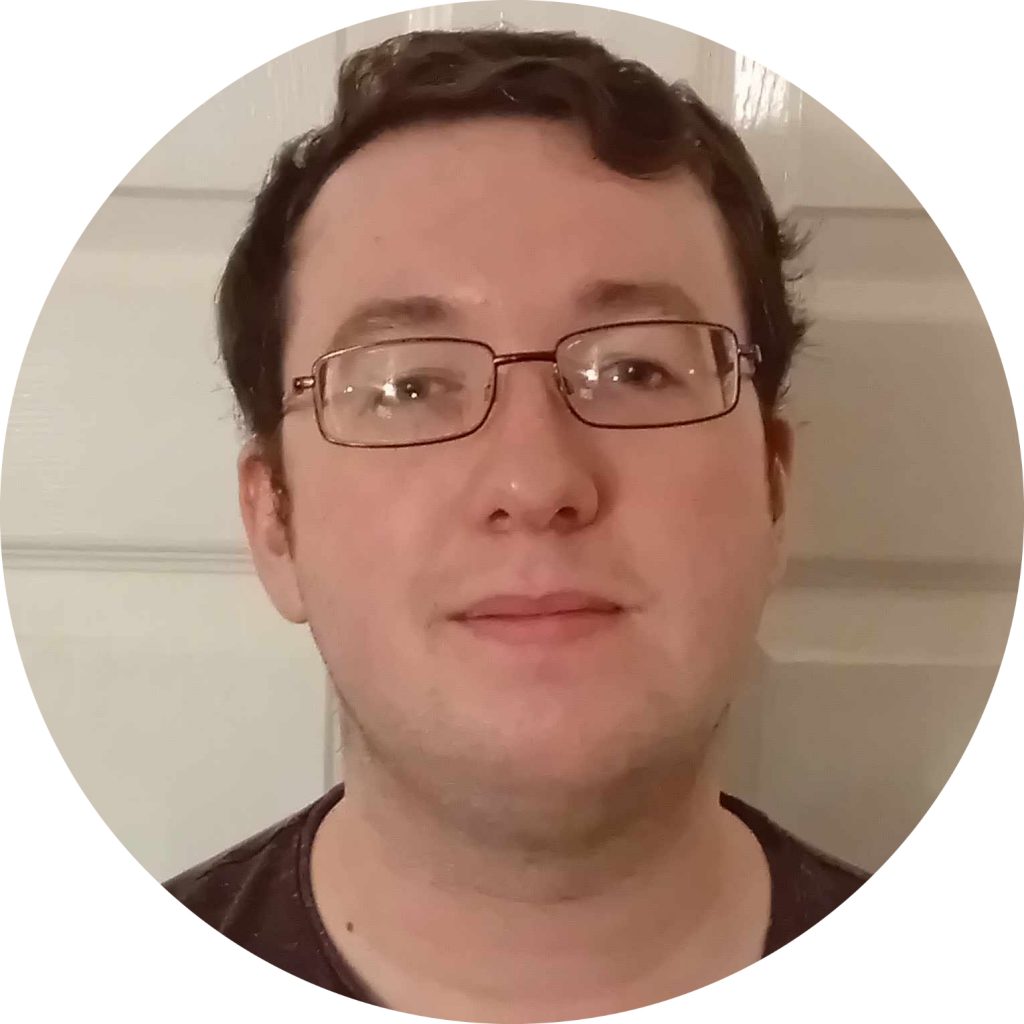
Hello, my name is Andrew Smith, I grew up in the Lake district Cumbria, and studied a MPhys degree in physics at the univeristy of Salford graduating in 2023.
My third and fourth year projects introduced me to semiconductors through studying Erbium implanted Silicon(EIS) semiconductors, measuring properties such as resistivity, Seebeck effect, Raman scattering, and Electron paramagnetic resonance spectroscopy modelling the spectra. This research has applications in quantum computing and quantum telecommunications and my job was to assess the viability of EIS properties for these areas.
Outside of research, I enjoy reading, drawing, football, and archery.
Spiros Papadogeorgos
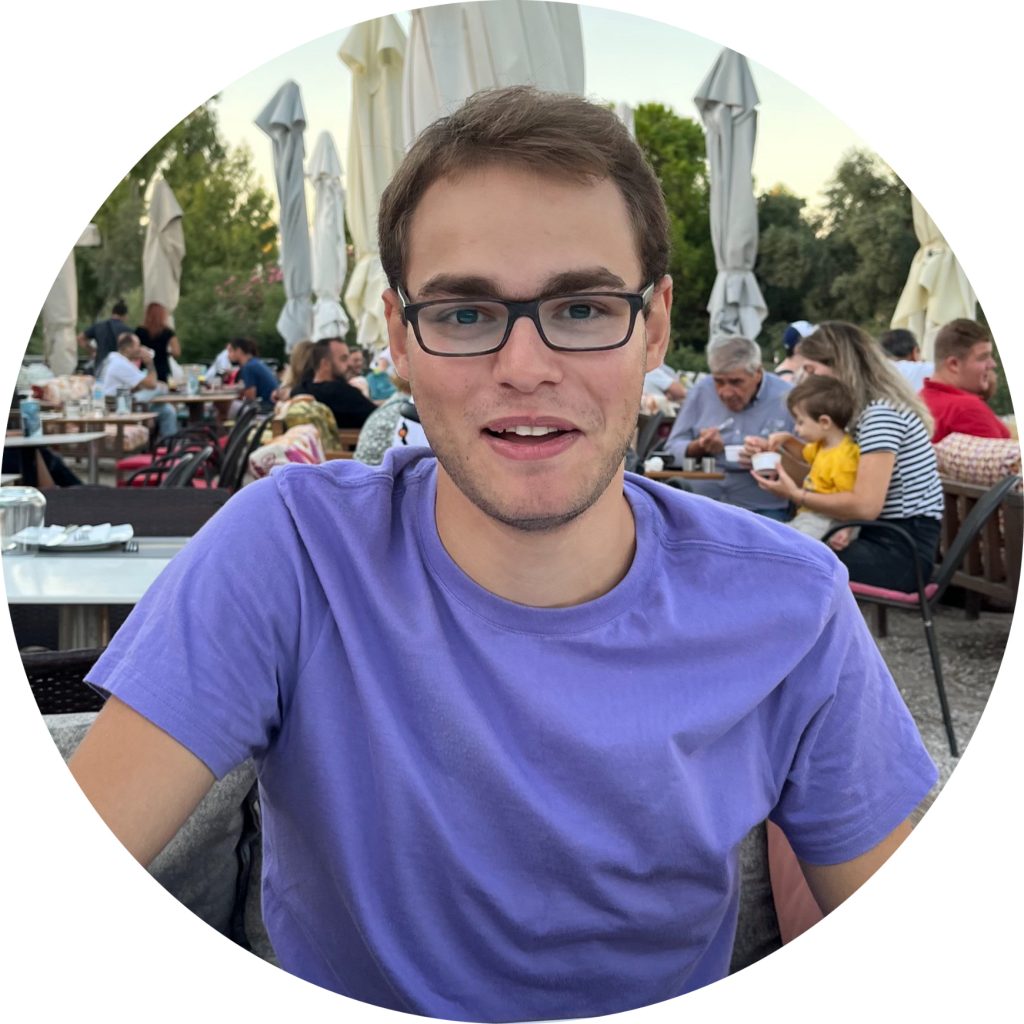
My name is Spiros, I grew up in Greece and then moved to Cardiff where I completed a Foundation Year progressing further into a BEng degree in Electrical & Electronic Engineering at Cardiff University. Towards the end of my degree, I specialised in the field of RF-Microwave Engineering and Compound Semiconductor Technology.
For my BEng final year project, I was supervised by Professor Khaled Elgaid of Cardiff University. My project title was: A GaN Low Noise Amplifier (LNA) for C-Band Applications. The objective of the work of this Dissertation was the design and simulation of a GaN HEMT based single-stage monolithic-microwave-integrated-circuit (MMIC) low noise amplifier which operates at C-Band (6GHz) frequency designation. A hybrid topology of those of reactively matched with RC feedback integrated on common source inductive degenerative format was employed. The LNA was designed on a low loss silicon-carbide (SiC) coplanar waveguide (CPW) transmission line media.
Outside of University I’m passionate about swimming, travelling and photography.
Balasairam Amara
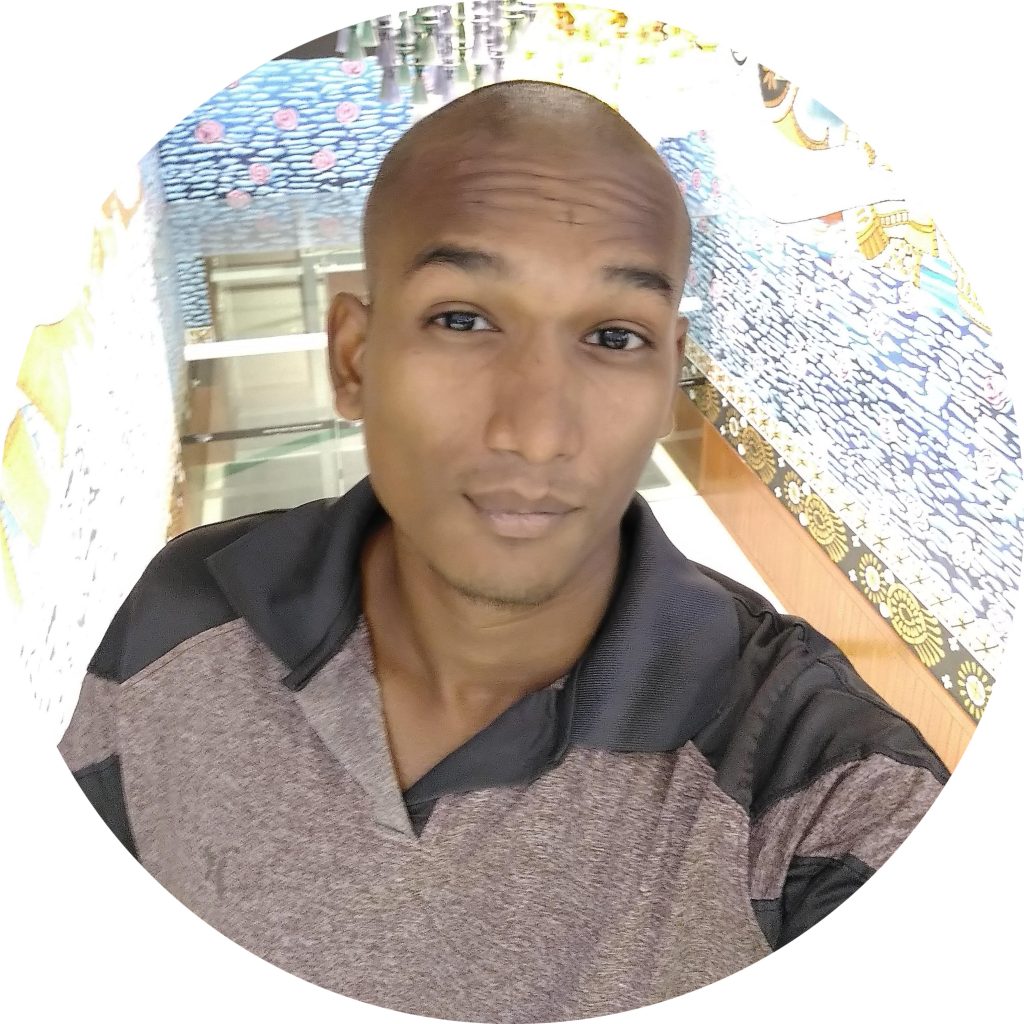
I’m Sai, from India. My aspirations to work in the renewable energy sector led me to pursue a B.Sc. in Physics (Guru Nanak College, Chennai) while working as a part-time Assistant librarian. During this phase, I spent my time focusing on my philosophical pursuits, comprehending Physics, reading books, gyming, practising the flute and playing with my fountain-pens. (I still follow these hobbies). I pursued an M.Sc. in Applied Physics (Amity University Haryana) while working as a research intern in National Physical Laboratory, Delhi. During this phase, I focused on my research-oriented interests. I mainly worked on Computational simulations of solar farms and solar cells (PV Syst, SCAPS, Origin), Synthesis of semiconductor materials (GeSe, ZnO, Sb2Se3), fabrication of semiconductor devices like photodetectors (P-Si/GeSe) and solar cells (ITO/ZnO/ Sb2Se3/Ag, FTO/ Sb2Se3/ZnO/Ag). My confidence as a research student rose as my intern activities led to some publications. Though having offers from a few other Unis abroad, this CDT’s industrial exposure is something noone was able to beat, so here I am 🙂
George Jandu
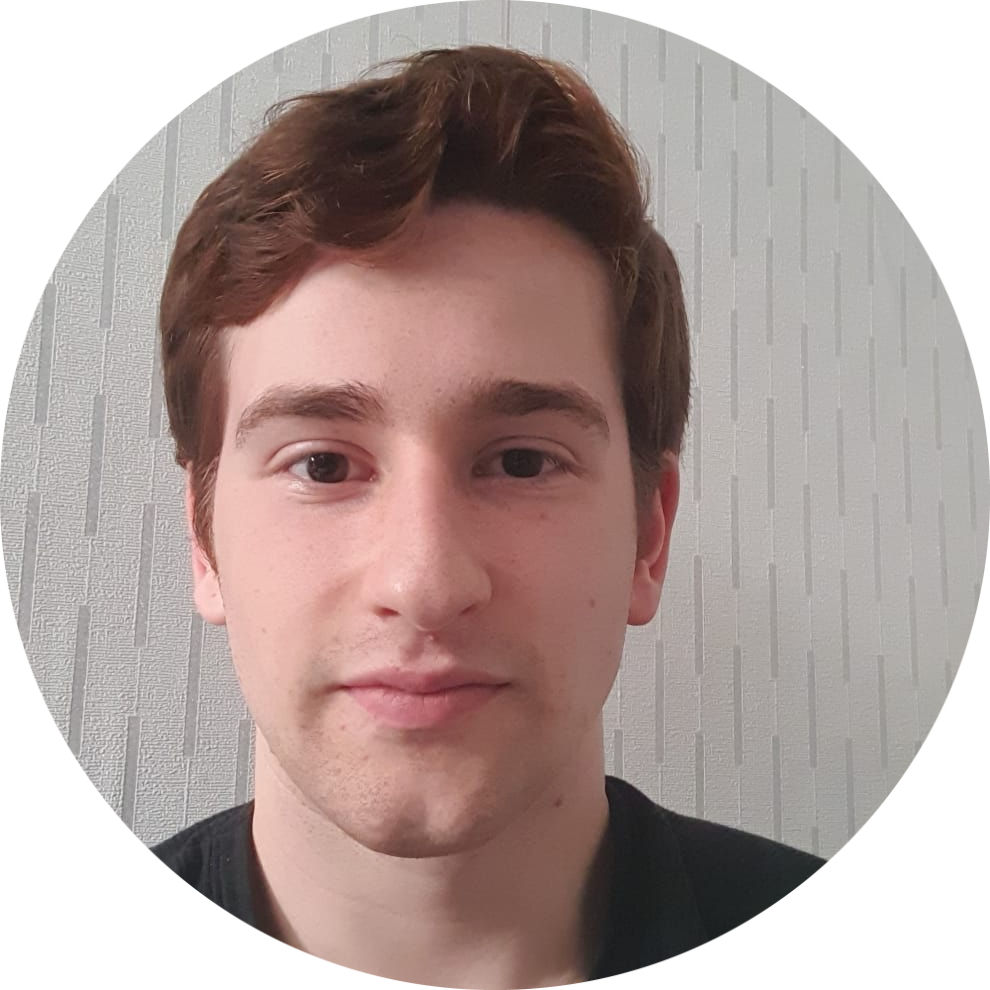
In 2019 I moved from my home city of Wolverhampton to pursue an integrated masters degree in physics (MPhys) at the University of Oxford. During the course of my studies I had the opportunity to take a number of options in condensed matter physics; this was the first time I came across the idea that reductionism does not (and in fact cannot) work. I found that the methods used to get around this problem, and build up a very successful picture of the properties of a number of materials from relatively simple models, both elegant and intriguing.
My masters project focused on a technique used by condensed matter physicists to study materials, known as muon spectroscopy (μSR). I worked on using approximate methods involving the Trotter product formula, and a novel way to represent systems of multiple spins (which I referred to as the matrix of spins), to simulate the precession of a muon after implantation. Using this formalism, I was able to extend a method proposed by Celio by mapping rows of the matrix of spins to binary numbers, this drastically reduced the memory cost of the calculation, as there was no longer a need to store any large matrices. The final code was capable of simulating systems with Hamiltonians of dimension 2²¹×2²¹. Following the completion of this project I was awarded the MPhys in 2023
Milad Albagul
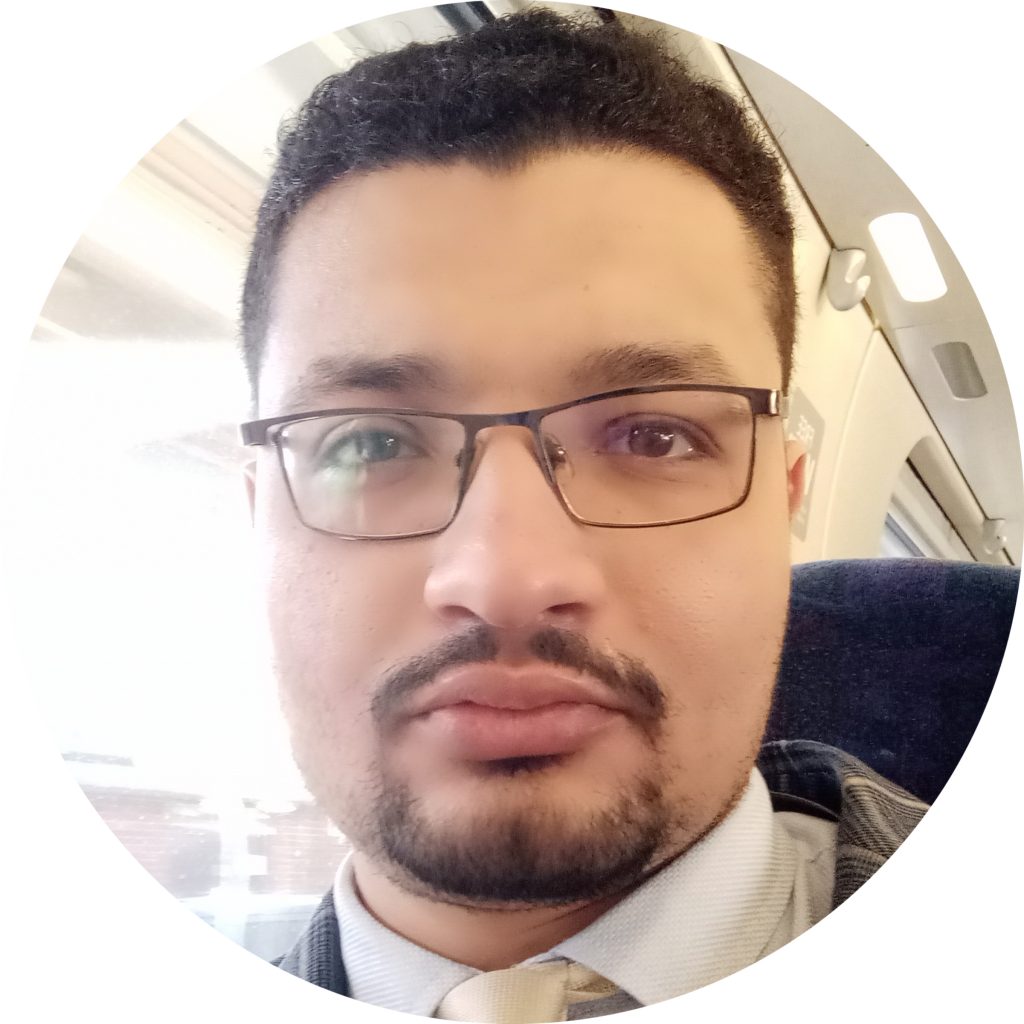
I am Milad Albagul. I was born in Newcastle Upon Tyne, UK. I grew up in the UK, Malaysia and Libya. I earned my BSc degree in Electronics and Communication Engineering from the College of Electronic Technology Baniwalid, Libya in 2018. My final year Project is Implementation of Decision Feedback Equalizer with Feedback Filter to decrease Intersymbol Interference using MATLAB simulation.
During my undergraduate studies, I worked as a part-time teacher from 2017 to 2020. After I graduated, I started my small business as an Electronics Maintenance Engineer in October, 2019 but closed in June, 2020 due to the covid-19 pandemic. I moved to the UK in September, 2020 and worked as an Electrical Tester in the Rail Industry at MSSL Ltd from November, 2021 to September, 2023.
After working for five years since graduation, I decided to take a new step in the academic level. I always had strong interest in Electronics and want to take this opportunity to upgrade my skills and knowledge in order to innovate and contribute progression in the Compound Semiconductor Industry.
My future goal is to become an Innovator and Entrepreneurial expert in the Semiconductor Industry. My main interest is RF Engineering and Power Electronics. I also like to develop myself in other specialization related to Compound Semiconductor.
Research is not an academic activity for me but also a hobby I enjoy doing in my free time. I enjoy reading, walking and play sports. My favorite music is Persian songs, Libyan Reggae, Algerian Rai and Soft Rock.
Tintumol Dennis
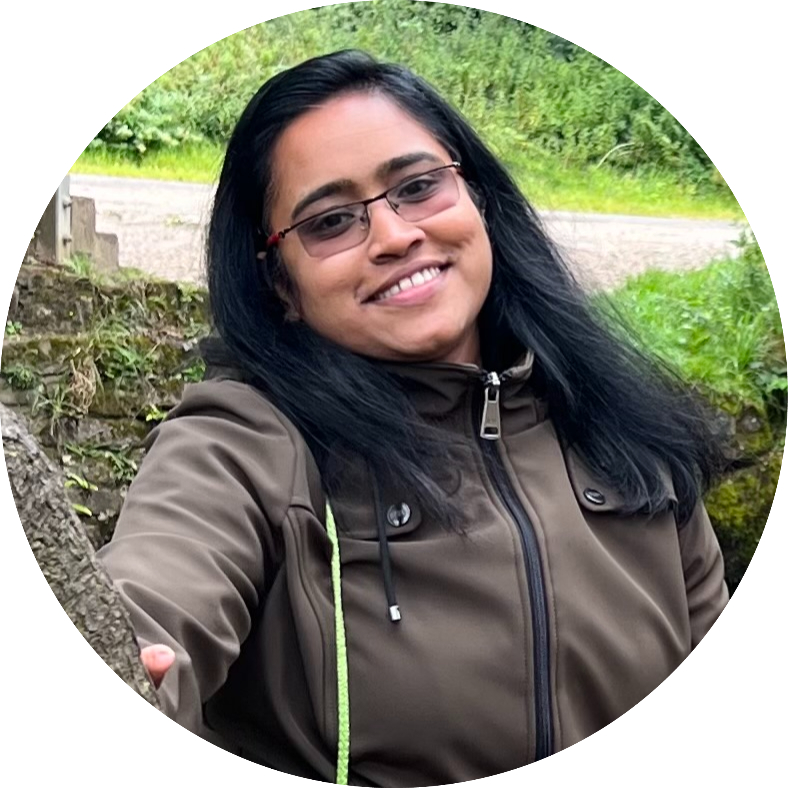
I am Tintu from India. I was introduced to the world of VLSI during my final year of under graduation program.The concept of System on Chip and the challenges faced for achieving the same created in me an intense urge to study various concepts of system integration.
I completed my masters in VLSI Design from Karunya University, India, after which I worked as a lecturer for a reputed engineering college in India. During this time, I handled various modules in Electronics Engineering and also guided students for their course projects.
Later, I pursued an MSc in Microelectronics Systems from the University of Liverpool. The program helped me to appreciate the technology behind designing and integration of IPs to bring out products that meet the higher performance need of the market. The project done for the course focused on designing and implementation of a 32 bit RISC processor.
Outside of academics, I enjoy listening to music and travelling.
Heather Jacobs
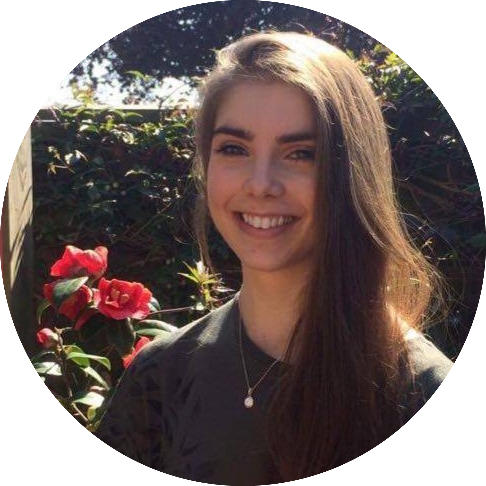
Hi, I’m Heather and grew up in a small city in the southeast called Chichester. I graduated from Cardiff University this year with a 2:1 in a Bachelors of Physics, and can attest to what a great place Cardiff is! I have been interested in semiconductors since doing a year in Engineering before swapping to the Physics course, and a combination of condensed matter and semiconductor modules this year furthered that interest. I’ve always been curious about the application of physics, and how theory turns to industry. This opportunity was too good to miss, and I am both excited and surprised at being here. Outside of university I love going to the gym and keeping active, and have an unhealthy habit of reading till the early hours to finish a good book.
Eamonn Fogarty Olmos
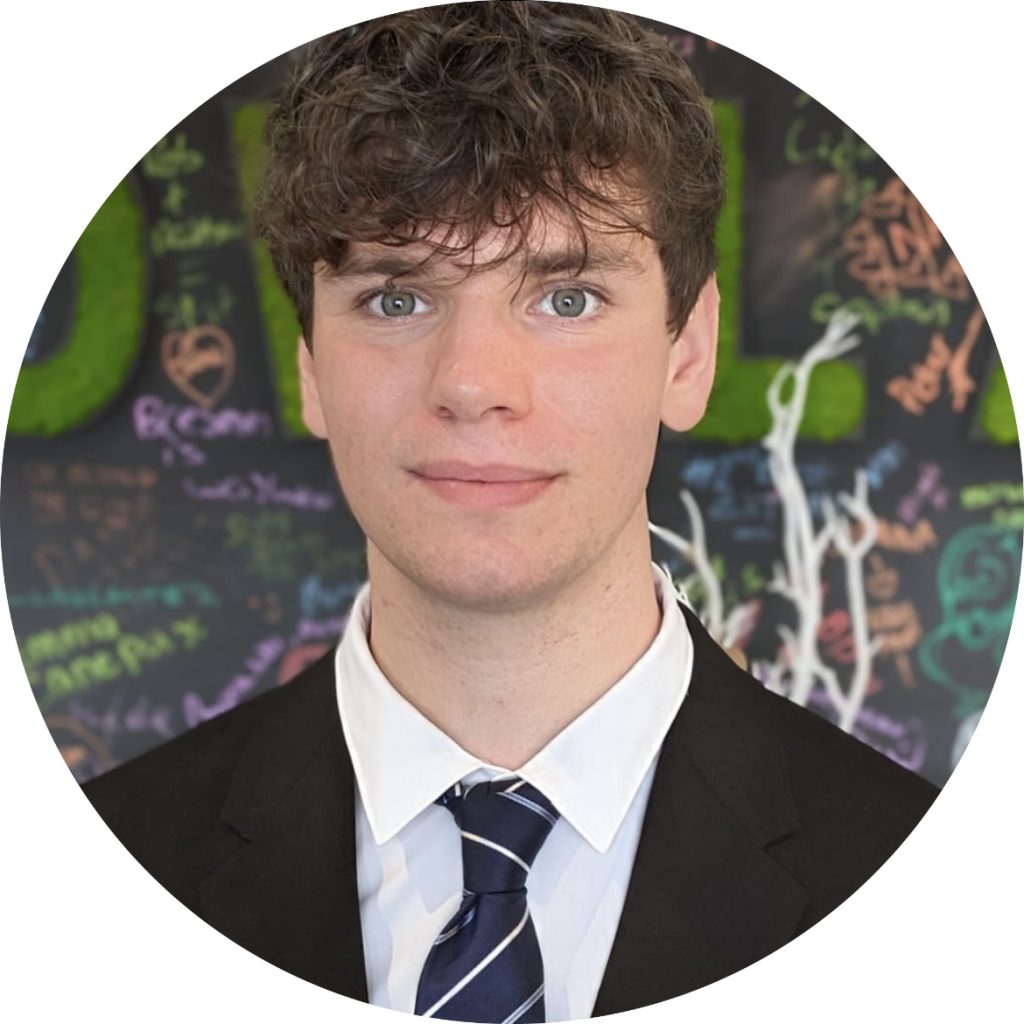
Hi I’m Eamonn. I’m originally from Manchester and I graduated with a first class degree in physics from Lancaster University in July 2023. I enjoy experimental physics and have worked in Lancaster’s low temperature labs as part of an internship. I also did an industrial project in my final year working with Siemens Energy to characterise a conductive elastomer. I enjoy solid state physics and look forward to combining this interest with experimental work.
In my free time I enjoy playing and watching football and am always up for a chat about it.
Josie Travers-Nabialek
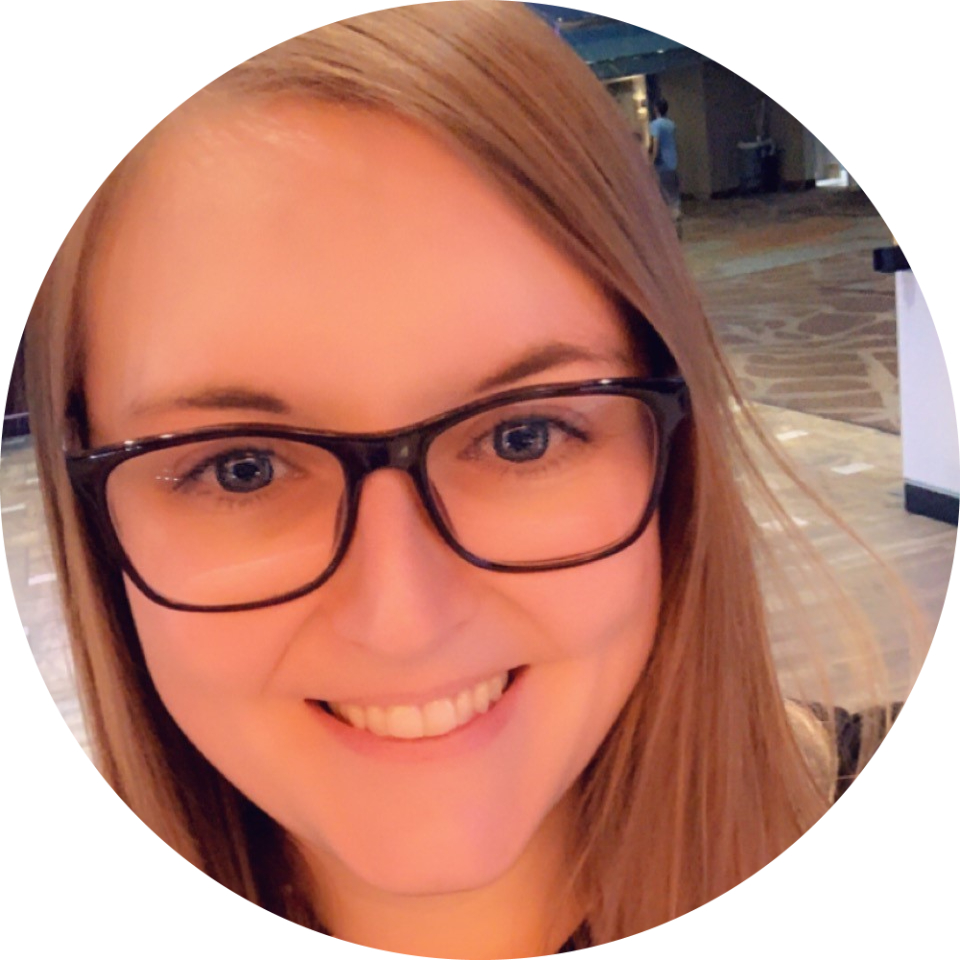
Shwmae! I’m Josie and I’m originally from the small village of Cefn Fforest in South Wales. After leaving A-Level education I started work as a Science Technician in a valleys secondary school. Alongside my role I studied a BSc in Physics and Mathematics through the Open University, with my final year project focussing on analysing the emission spectra of Quasi-Stellar Objects (QSO).
Eager to explore new areas of science, in 2018 I became a Research Technician for the Compound Semiconductor Manufacturing Hub at Cardiff University. I quickly developed a passion for this field of science as well as an appreciation for the important role semiconductor technology plays in our everyday lives. Excited to learn more, I began my own research project in 2020, which I recently completed alongside my technical role. My MPhil project focusses on the design and optimisation of tantalum oxide anti-reflective thin films to suppress optical feedback in C-Band semiconductor optical amplifiers (SOA).
Spending the last five years working within the Optoelectronics group has equipped me with a whole host of valuable skills and knowledge, including simulating photonic devices, device fabrication, sample preparation, and a wide variety of material and device characterisation techniques. My competency in these areas has allowed me to assist in several commercial projects as well as giving me an opportunity to co-author three research papers.
In my spare time I enjoy travelling, visiting museums, reading, music, and all things Lego!
Simon A. Betts
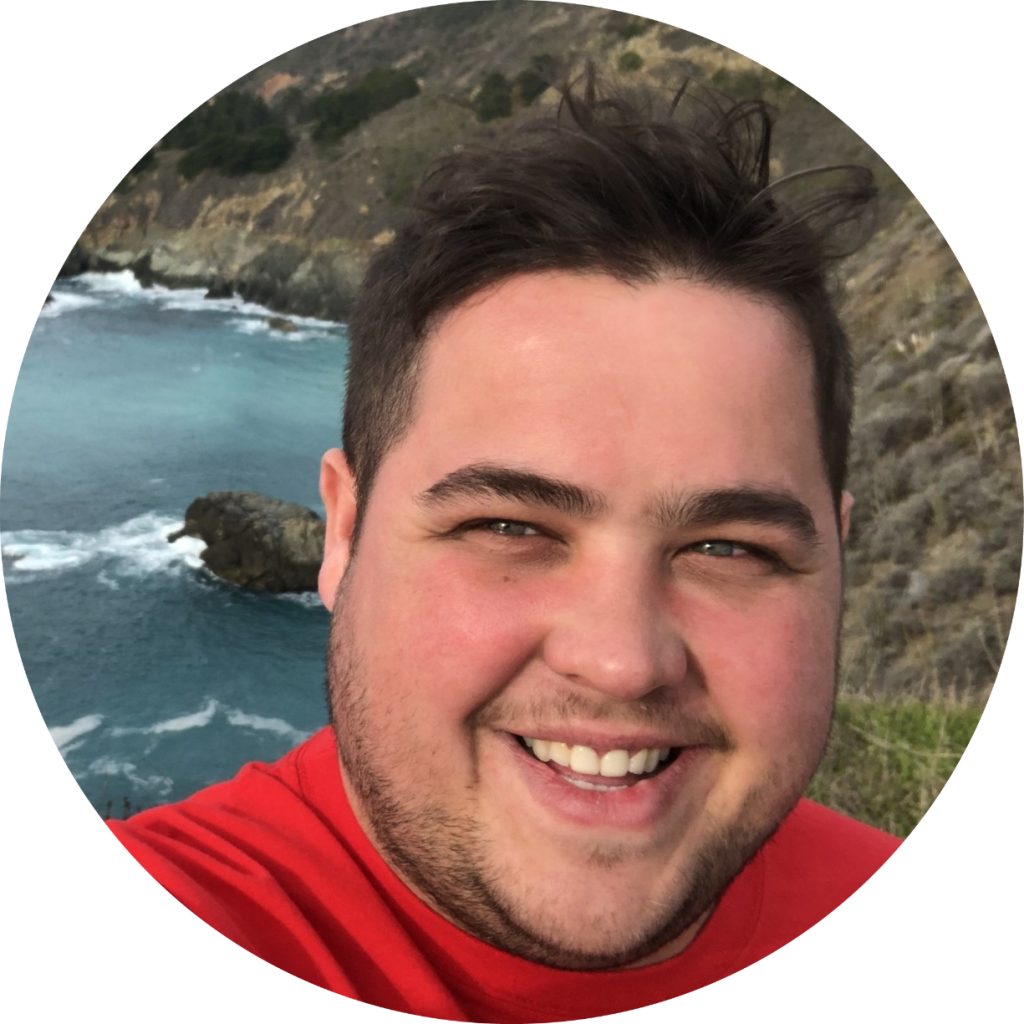
My name is Simon A. Betts, I am from Monmouth. I studied my undergraduate degree at Cardiff University achieving a first-class honours MEng in Electrical and Electronic Engineering with a Year in Industry (Thales, Underwater Systems) and Semester Abroad (Northern Arizona University). At NAU I was awarded a position on the Dean’s List for my GPA (Grade Point Average). At my graduation, I was presented with the Inspired Engineer Award, the prestigious Des Hub Award for services to other students and the School of Engineering, and further, the National Bright Sparks Award hosted by Electronics Weekly and RS Components. During University I had both an IET personal scholarship and a UKESF Corporate Scholarship which I completed with my sponsoring company CSA Catapult (Compound Semiconductor Applications). My third-year research project was designing a tuneable coupler for 5G applications and outside of my studies I enjoy Sailing, Sub-Aqua diving, and designing and building rockets.
Sri Datta Aneesh
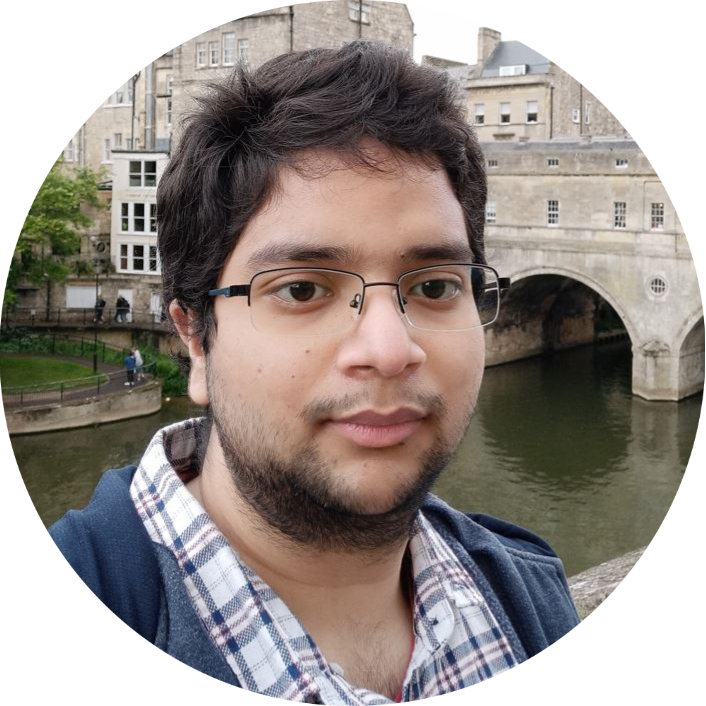
Hello. My name is Sri Datta Aneesh and I am from Hyderabad, India. My research interests lie in semiconductor applications and biomedical electronics. I did my undergraduate degree in Electronics and Communication Engineering; thereby achieving significant exposure to various foundations of the discipline. My projects were rooted in domains such as signal processing, VLSI, neural networks, and relevant analytical frameworks. I also developed a first-hand understanding of the world of academia, while working on publications. Thereafter, I worked briefly in the quality assurance domain of a globally acclaimed IT firm; before deciding to pursue higher studies.
I did my masters degree in Biomedical Engineering from the University of Bristol; specializing in medical sensing devices, computational neuroscience, and advanced electronics. My research was rooted in the design of photonic cavities and applications. With this background, I am excited to begin the next chapter of my professional life with this studentship. I would like to see myself in the roles that drive innovation and research across academia or industry in the future.
Beyond academia, my cherished interests lie in classical music, painting, reading nonfiction, and travel. Looking forward to all the learnings ahead.
Olivia Kiely
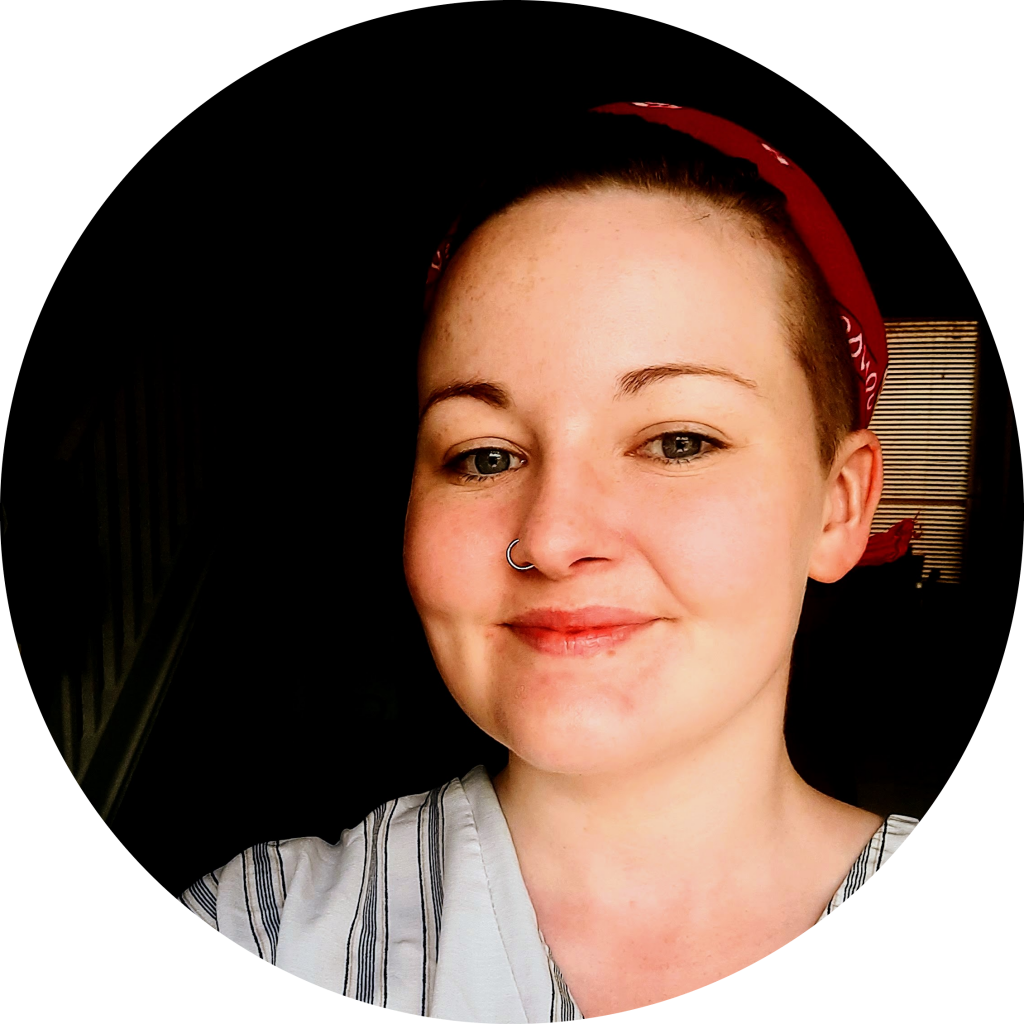
After completing my BSc in Physics, I joined Cohort Five 2023 entry. My final year project was in the characterisation and growth of group V III Nanowires for Photonic Crystal applications. For my year placement, I had the opportunity to work at the Ipswich Research Centre in their R&D Test department. Among other tasks, I developed a method of on-wafer LIV testing for novel vertical emitters.
My interest in Photonic devices has led me to join the program, and I am looking forward to increasing my skills and knowledge.
Outside of study, I am often working to improve my writing skills. As a big fan of literature, I adore world-building, character development and stringing together a story. I am looking to learn Welsh to explore this beautiful city further.
Beyond academia, my cherished interests lie in classical music, painting, reading nonfiction, and travel. Looking forward to all the learnings ahead.
Nusrat Ferdous
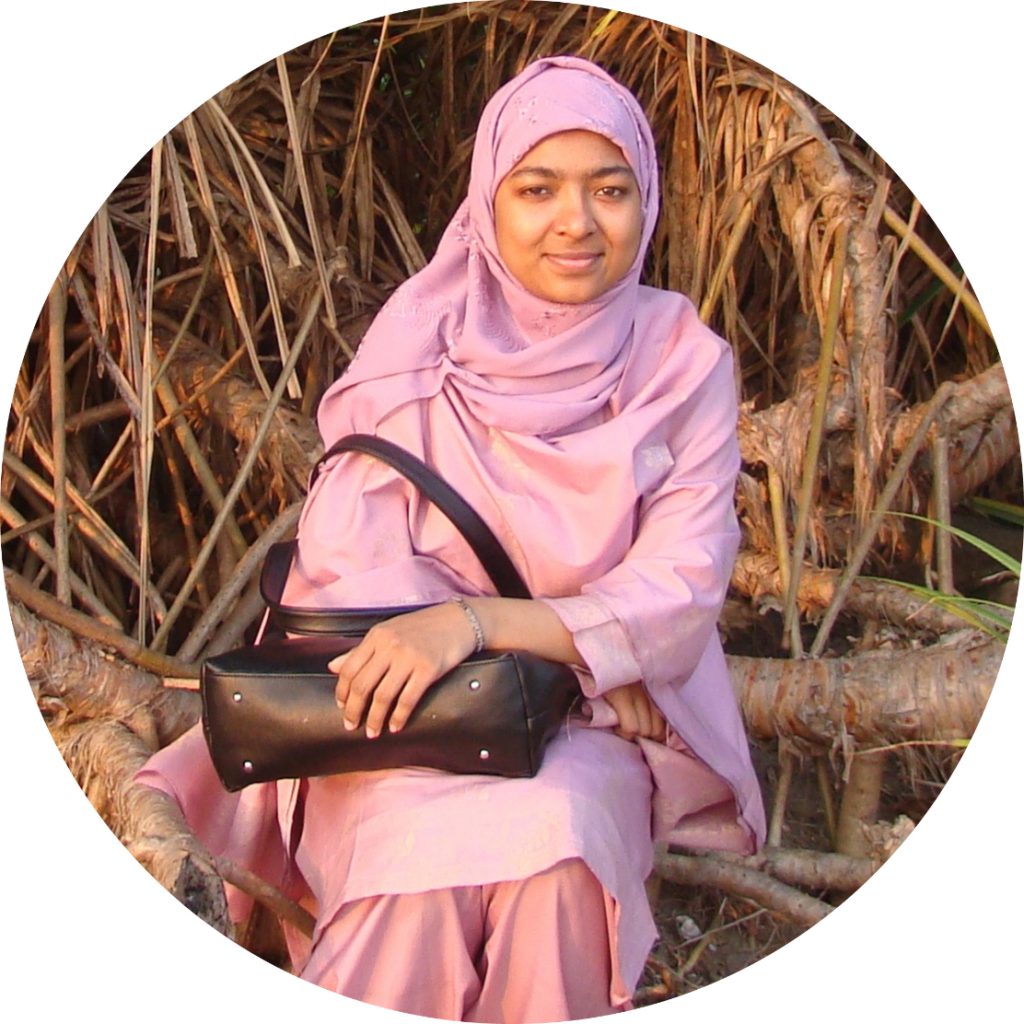
I graduated from the department of Applied Physics, Electronics and Communication Engineering, University of Dhaka, Bangladesh. In my BSc final year, I worked on a project on novel material for Solar Cell and became fascinated with the potentials of Compound Semiconductor (CS) in this field. However, during MSc my interest switched towards biomedical engineering, and I did my thesis on EEG signal analysis. This work motivated me to do research on biomedical signal acquisition, which is another promising field for CS materials.
But I did not immediately start higher studies, rather joined as a lecturer in the department of Electronics and Communication Engineering at Institute of Science and Technology, National University, Bangladesh. When I planned to move on to do PhD, I found the EPSRC CDT in Compound Semiconductor manufacturing a perfect match to my research interest and vision to develop smart technologies for medical application.
Michael Giombetti
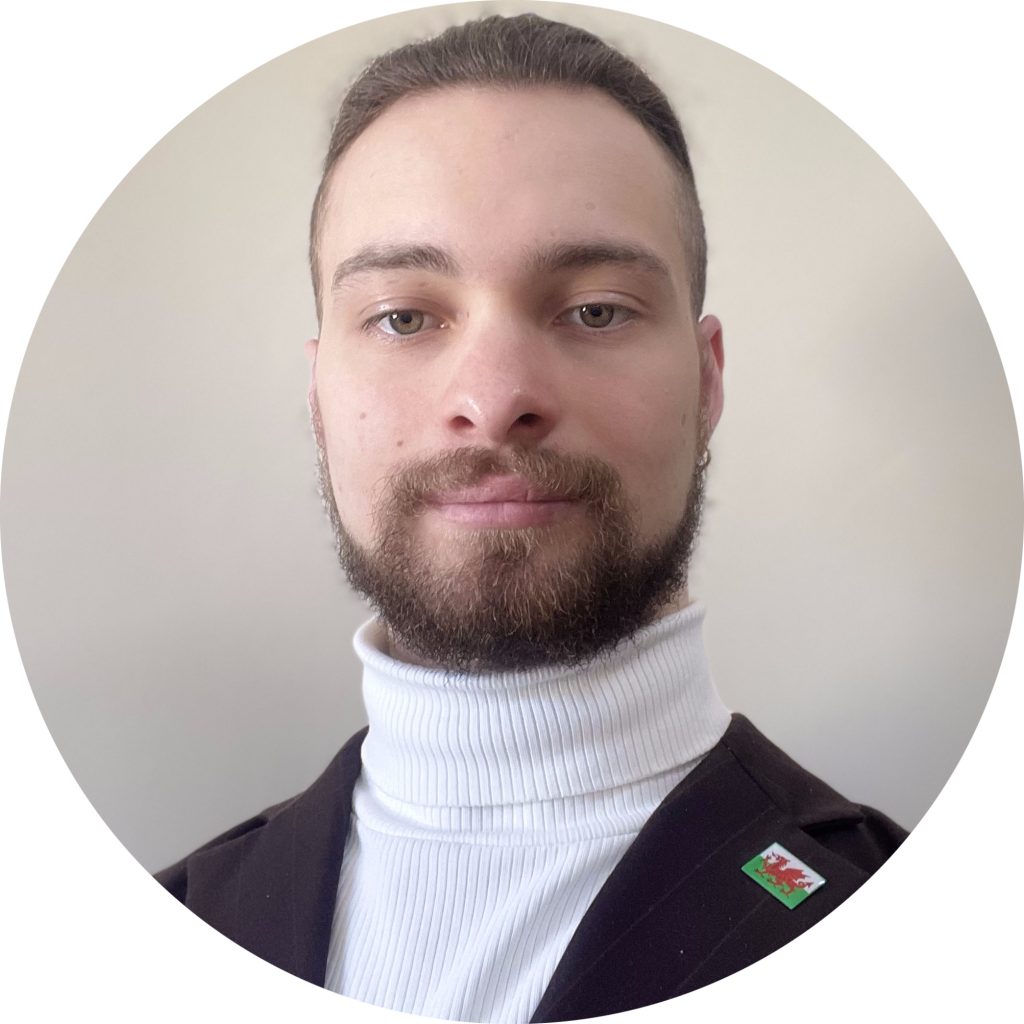
Hi I am Michael, I from Italy and I moved to the UK to do my undergraduate degree in BEng electronic engineering in Bangor university, I graduated with a first class degree and I have been awarded various prices for my academic accomplishments.
For my final year project I worked in an automated alignment system for lasers into single mode fiber optics, which then after its completion I expanded as a request from my supervisor ,Maziar Nezhad, into a more complex system witch nano scale displacements accomplished by piezoelectric stages and tunable lasers and detector arrays. All of which I integrated into a GUI in the Matlab environment.
My exposure to my supervisor’s area of research peaked my interest in optics and photonics, which made me pursue this path with the CDT as it aligns very well with my interest.
Outside of University work I enjoy sewing, plant collecting (hoarding) and cooking.
Abdullah Hafiz
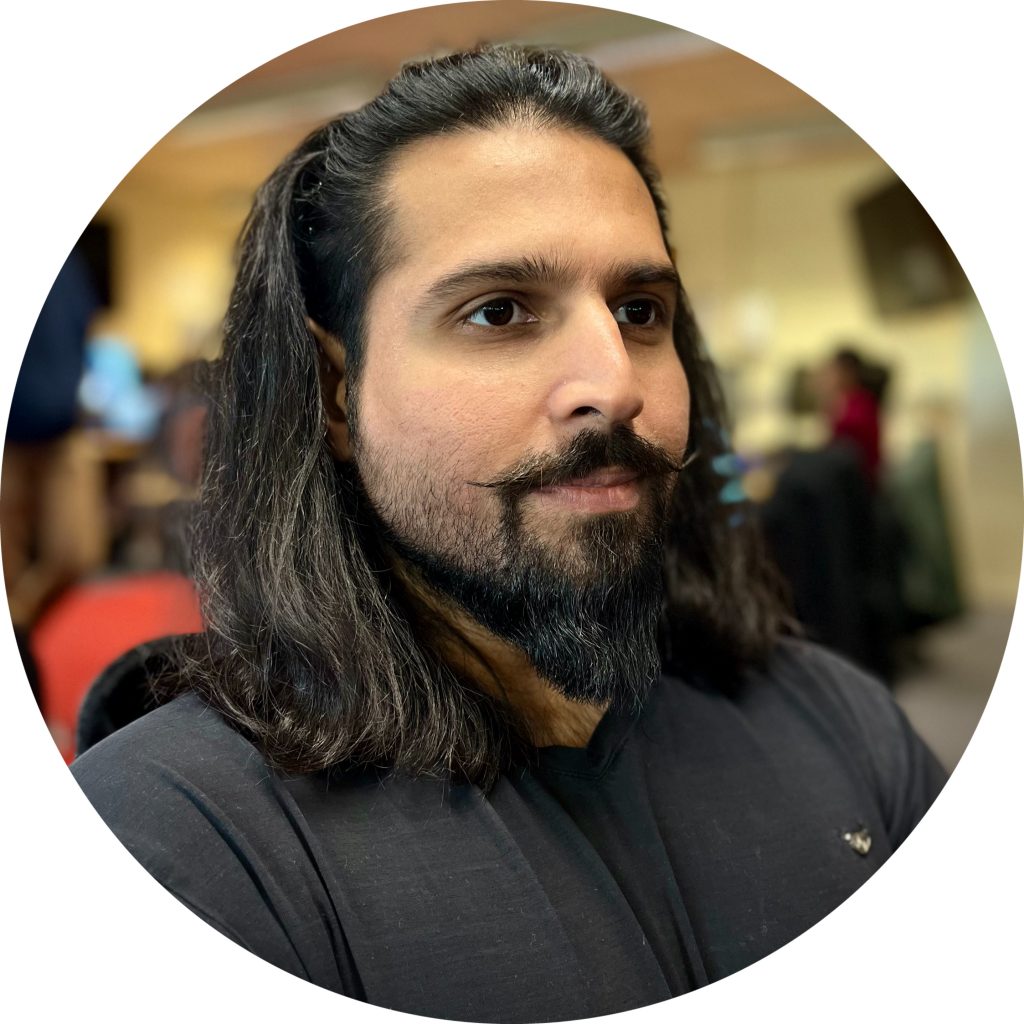
Hiya, my name is Abdullah Hafiz. A brief introduction on my educational background. Having graduated from a Canadian Technical Institue (UDST) with an Electrical Engineering Technologist Diploma, the majority of my background and work experience comes from power engineering and construction works related to fiber optic telecommunication cable installation, commissioning and testing. For my MSc thesis I worked on Low Etendue Solid-State Light Generation by Luminescent Rod and Laser Pumped to LuAG: Ce and YAG: Ce Materials.
For my undergraduate degree I have ventured into BSc Electrical and Electronic Engineering from the and later into MSc Optoelectronics from the University of South Wales. I have also worked for University of South Wales as a research fellow for Centre of Photonics Expertise (CPE) and as a research associate for electronics company called Cymtec. I have covered application of spectroscopy devices, handled photonic components (LED’s, Laser’s, MEMS) and worked on optoelectronic applications ranging from digital printing equipment, drone technology etc.
CDT (1+3 year) PhD structure is great with regards to getting exposure to practical and theoretical application experience related to compound semiconductors. I look forward to the challenge where I can develop/upgrade my skills and substantially contribute towards this new developing sector in the UK.